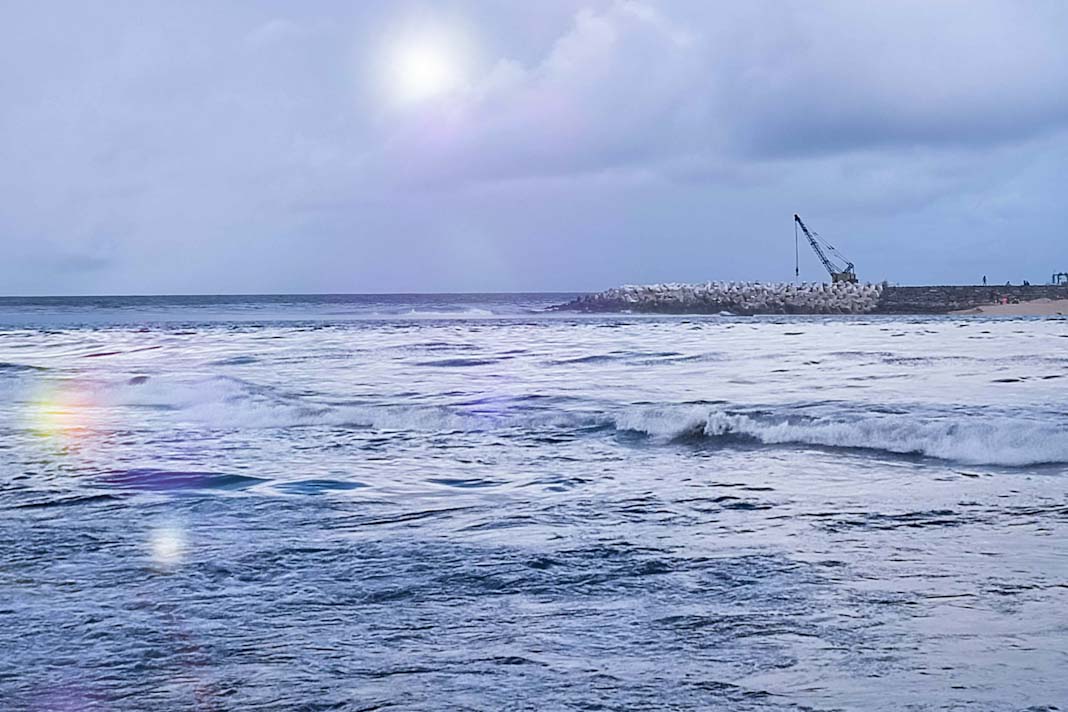- The nearshoring trend and upcoming changes in carrier alliances are causing significant shifts in container trades across the Americas.
- Key players like Maersk and Hapag-Lloyd are reconfiguring their partnerships, while improvements in reliability and technology are set to redefine port operations and trade routes in the region.
Alix Partners highlights the transformative impact of nearshoring on trade flows in North America and Europe. The phenomenon is characterized by significant demand and supply imbalances, leading to changes in transportation asset capacity and pricing dynamics.
Alliance Changes and Gemini Cooperation
Maersk’s termination of its 2M alliance with MSC in 2025 and the formation of the Gemini Cooperation with Hapag Lloyd are significant developments in the liner trades. These shifts are reshaping carrier alliances and altering trade dynamics in the region.
Port of Los Angeles Briefing Insights
Discussions at the Port of Los Angeles (POLA) briefing shed light on the implications of nearshoring and new alliances. APM Terminals’ Leo Huisman emphasized the growth of nearshoring in the Americas and the need for improved reliability in liner services.
Focus on Reliability and Technology
Gemini’s efforts to enhance network reliability and deploy new technologies are crucial for meeting customer demands. Investments in hubs and advanced equipment, such as those seen at the Chancay port in Peru, are set to redefine shipping routes and improve efficiency.
Technological Innovations and Environmental Concerns
Technological advancements, including reduced emissions equipment, offer opportunities for ports to achieve carbon-free operations. Additionally, addressing cybersecurity concerns related to cargo handling equipment underscores the importance of international collaboration and technology safeguards.
Did you subscribe to our daily Newsletter?
It’s Free! Click here to Subscribe
Source: Seatrade Maritime






















